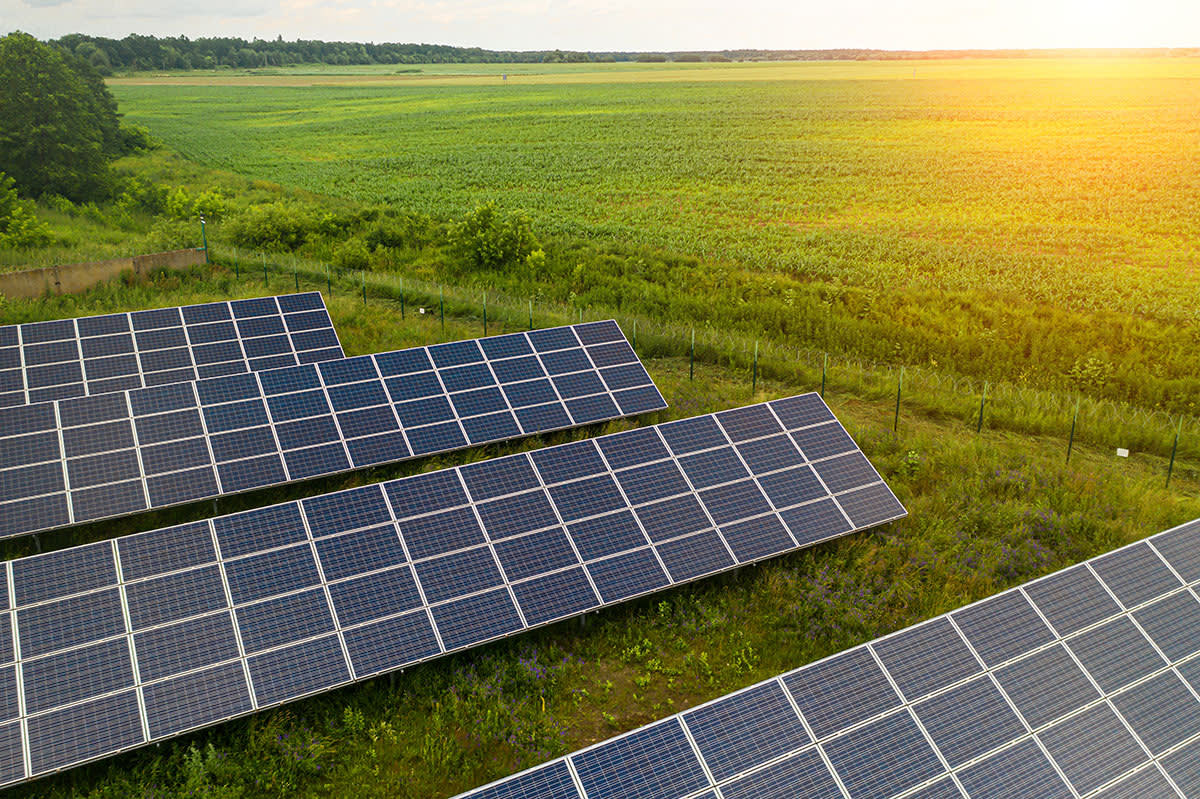Success with solar power in 6 easy steps
Making the switch to renewable energy reduces your environmental impact while contributing to the wider decarbonisation of the UK’s energy network.
It can also be a profitable source of income for businesses that can invest the upfront costs. Read on to learn the six steps it takes to set up solar power generation in your business.

Why invest in renewable energy generation
As well as supporting the UK’s transition to a zero-carbon future, renewable generation can help to support your business.
Investing in renewable generation brings two benefits. Generating your own energy can reduce the amount of power you import from the grid, reducing your cost exposure.
It’s also an additional revenue stream for your business, as you can export excess power to the grid - earning a pence/kWh rate.
If you can balance the upfront cost and the potential returns, investing in renewable generation makes sense.
Below, we’ve outlined the steps you can take to get set up with photovoltaic (PV) solar panels, which are cost-efficient and accessible.
6 steps to installing solar panels
1. Find a developer
If you’ve got an appropriate space for solar panels, you’ll need a developer for the installation process.
Different developers will have expertise in different areas, so look for the right partner to find the right solution for you. You can find local approved installers on the Microgeneration Certification Scheme website. Try to get a range of quotes to find a competitive, reputable installer.
If you’re working with a trusted partner like Drax Renewables, ask for a developer recommendation – they'll have years of market experience and can recommend based on your specific needs.
2. Agree a contract with your chosen developer
Once you’ve found a developer that meets your criteria, you’ll need to decide on some more detail: payback periods, warranties, pricing or cost structures. Depending on the complexity of your arrangement, you may also need to have a maintenance package, as some guarantees and warranties require a regular service.
Your installer should conduct a site visit to make sure everything’s in order during this process. They’ll ensure that your site is suitable for installing panels (the right size, angle and sunlight exposure) or if your electrical connection can accommodate the extra current coming from your generator, for example.
Once your contract is signed, your developer will send an engineer to inspect your site.
3. Arranging the terms of your contract
The power you generate can be used to power your own premises, reducing your energy costs. You can also decide whether to sell any excess that you generate.
You can choose to arrange this through your developer, or you can contact an energy supplier who offers export products and tariffs. The most common of these arrangements is a Power Purchase Agreement (PPA).
Some providers, including Drax Renewables, have minimum capacity thresholds.
Drax Renewables offers market-leading PPAs for generators over 30kW capacity of all sizes, offering you a route to market for your power, a competitive rate, and an unparalleled service.
Once you’ve chosen your route to market, your developer or supplier of choice will help you with the necessary paperwork and choosing the appropriate equipment.
4. Installation day
The scale of your set-up will determine how long installation will take. Smaller installations can be done in one or two days, with larger installations taking a week or more.
Once the installation is finished, you’ll need to have an Export Meter set up. To do this, you should contact your local Distribution Network Operator (DNO). You’ll be able to arrange the installation of an export meter so your set-up will can be wired up to allow for electricity export.
5. Go live
Once installation is complete and you’re set up for export, you can begin generating your own power.
Depending on how your solar panels are set up, the electricity may be used on site as it’s generated or stored in a battery to be used at a later time. Alternatively, it may be exported to the energy network via your partner supplier, generating income.
6. Keep up to date
Most generation systems will come with a digital platform, giving you sight of how much energy you generate and how much money you make, if you choose to sell it on.
Whether you’re using the power on-site or selling it through a licensed, reputable supplier, you’re helping to make electricity greener.
Drax can help your business maximise the revenue from your renewable electricity generation assets. From recommending a developer to finding a PPA to suit your generator, Drax’s Renewables team consistently deliver best-in-class service for our generator partners.
Get in touch today